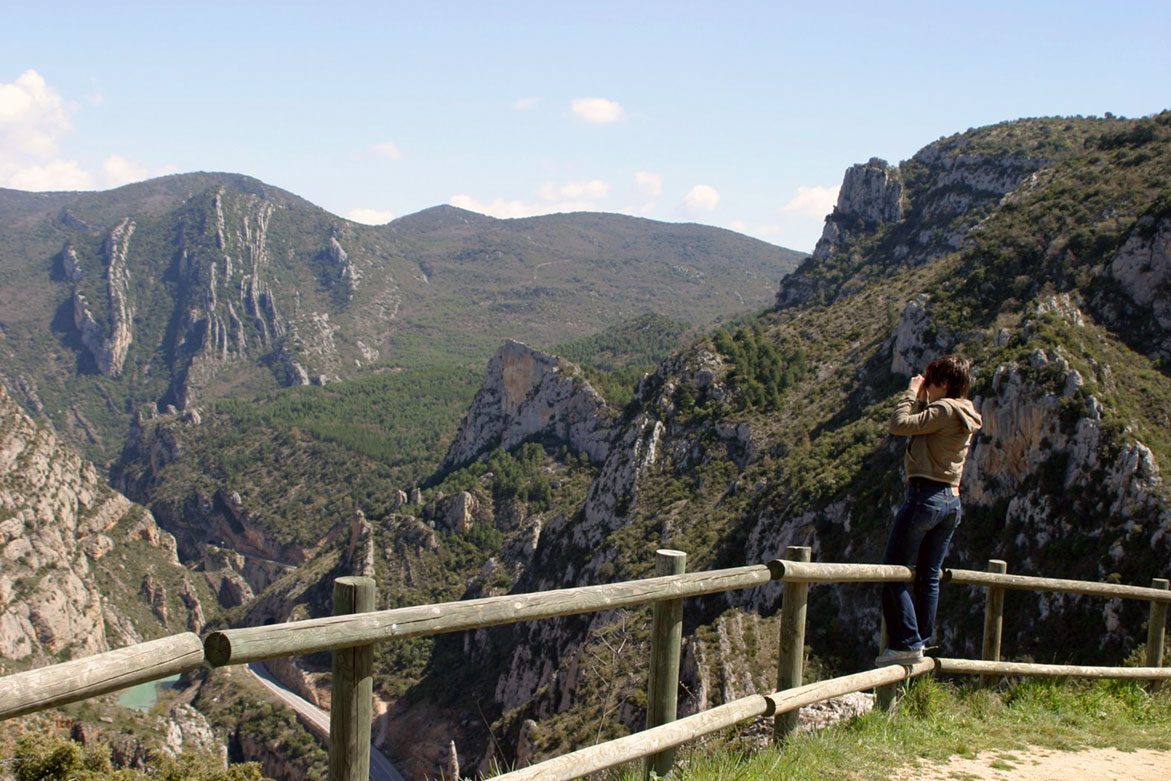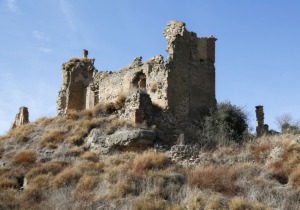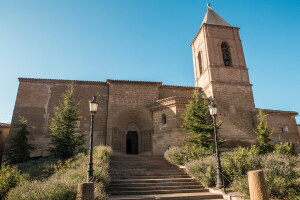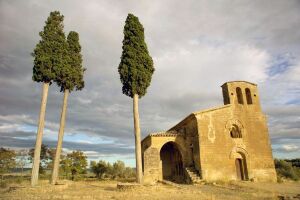The north-eastern area of the Somontano region is framed by the gentle contours of the Salinas and Carrodillamountain ranges, with peaks reaching heights of up to 1000 metres. The slopes are populated with dense forests and criss-crossed with ancestral paths.
The ravines that rip down the hillsides hold waters that pour into the river Cinca, the great backbone of the territory. To the north, the rough waters of the Cinca come to rest in the El Grado Reservoir and then divide into a thousand channels that snake across the great alluvial plain.
The River Ésera arrives in Somontano here, sculpting a spectacular gorge in the Olvena canyon as it flows.
The powerful River Cinca will guide you throughout this excursion, as you visit little known places in the northeast of the Somontano region.
From Barbastro take the N-123 road towards Graus. After turning towards Costean, take the A-138 road towards France. Passing by the village of Enate, situated on an old fluvial terrace of the River Cinca, you will arrive at El Grado where you take the turning towards Naval. A drive of around eleven kilometres will bring you the noble village of Naval with its historic old quarter, said to be one of the most beautiful spots in Somontano. The collegiate church of Santa María (declared a historic monument) is well worth a visit, as is the Pottery Visitor Centre and the potter’s workshops.
Over the years Naval’s potters have supplied the people of Somontano and the central Pyrenees with their products. Salt production has also been an important economic cornerstone for Naval. To find out more about this ancient industry there is a simple and informative walk of around an hour in duration, known as the Camino de la Sal or Salt Route. The Rolda salt works alone has fourteen explanatory panels to help the visitor understand an element as common as salt.
Returning to El Grado, a stroll through the village streets will bring to light a number of defensive structures, which evoke images of ancient times. The village is also the starting point to the pleasant “ Ruta de los Árboles Monumentales” (Route of the Giant Trees) which highlights how these giants dominate the land surrounding the village.
Collect the car once more and rejoin the A-138, taking the turning towards our next destination of Torreciudad. Following this road you will soon arrive at the huge El Grado dam. The unmistakable silhouette of the Shrine of Torreciudad soon emerges, perched on top of rugged crags and overlooking the intense blue waters of the dam.
After a visit to this awe-inspiring centre of religion, it’s back to the road once again. Passing through Artasona, you will soon arrive in the attractive village of Olvena with its tightly packed centre and modest church. From this privileged place it is possible to take in wonderful views of the spectacular Olvena canyon, which was formed by the erosive waters of the Ésera river. The best viewpoint of the village is by the cemetery, a spot that overlooks the El Grado dam, the Pyrenees and the densely forested banks of the River Cinca.
Not far from Olvena lie two amazing bridges. Take the A-139, which links Barbastro with Graus, until the point where it crosses the River Ésera. Below the current bridge, the medieval Puente del Diablo or Devil’s Bridge spans the river. Within the same canyon and further on towards Graus, you will emerge from a series of tunnels to find a further surprise in store. Parking the car in a small area to the left of the road, a stroll of no more than five minutes along a marked trail will bring you to the spectacular Puente de la Sierra.
Our winding route between mountains and rivers finishes with visits to the old villages of Estada and Estadilla. From Estadilla you can access the Carrodilla Shrine and the Neolithic cave paintings of Forau del Cocho.
Routes associated to this:









